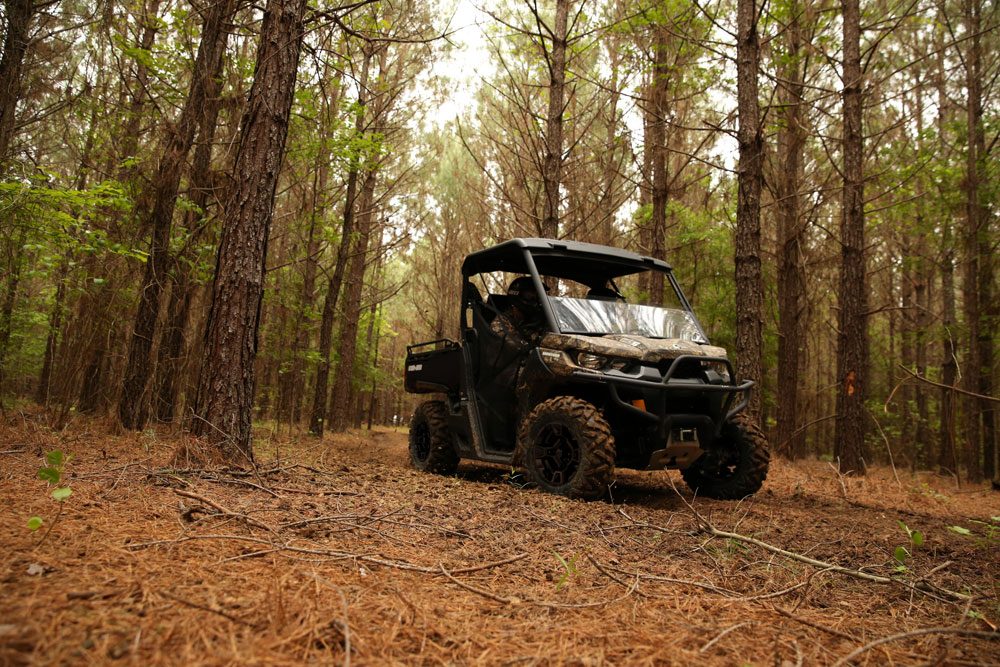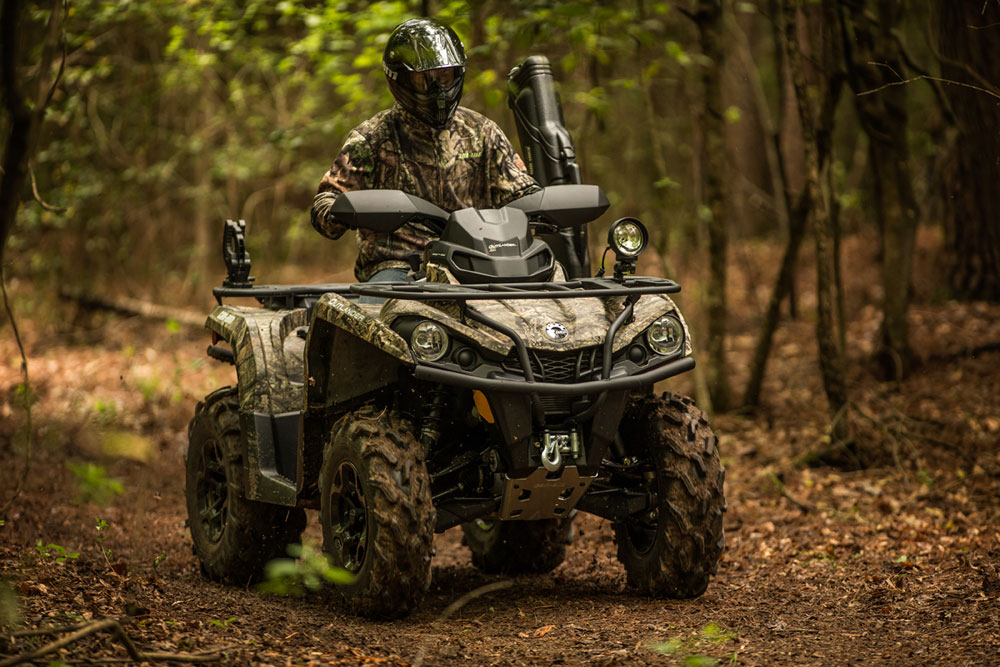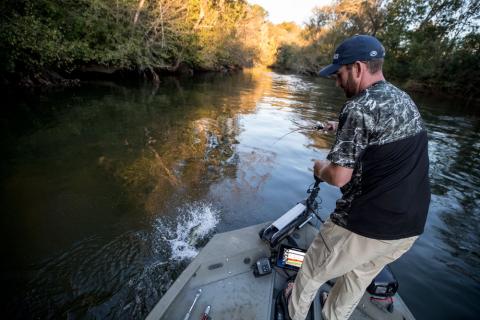One of the most important steps you can take to ensure a successful hunting season is to take care of your ATV or side-by-side so it's running smoothly. Your ATV works hard for you in hunting season, but you’ll need to maintain your ATV year-round to keep it in optimal condition.
These six tips can serve as a checklist to help you keep your ATV running smoothly.
1. Tire Pressure and Lug Nuts
The two things to keep in mind when maintaining your tires are the lug nuts and the tire pressure. Check the pressure of each tire and determine the ideal psi for that model ATV. This type of vehicle grips the terrain much differently than a car or truck does, so the optimal tire pressure for ATVs is relatively low.
If your tire starts to lose pressure, the bead can pop off the rim, leaving you to wrestle it back on before continuing your journey. Check your tire pressure before every expedition. If your tires start to lose pressure on the trail, take care of it with a portable tire pump.
To determine the ideal psi and the torque level for your lug nuts, read the owner's manual that came with the vehicle.
2. Clean Air Filter
Your ATV needs three elements to go: air, gas, and a spark. Gas leaves the tank and enters the fuel system through an electronic fuel injection system or a carburetor, where it mixes with the air. Then this air-gas mixture travels to the cylinders where a spark will ignite it, depressing the piston.
To make sure your ATV runs as smoothly as possible, you need the cleanest air in your system.
In many models, the air filter is in the back of the ATV, under the bed. Take the filter cover off, remove the filter, and check for debris on the outside and inside of the filter. If the filter looks clean, replace it and put the cap back on.
It's essential to replace the caps by lining up the parts correctly. Staying safe on your ATV is mostly dependent on being vigilant and using common sense as you use and maintain the vehicle.
After a particularly dusty ride, check your air filter to make sure it's clear. If you have not used your ATV very much and are cold-starting it, check the filter first; sometimes small creatures make nests in air filters.
3. Engine Fluids
You need to check both the front-end and rear-end fluids on your ATV to make sure it's running smoothly for your upcoming hunting season. You'll need an Allen wrench and the owner's manual to help you complete this step.
Most oil reservoirs come with a dipstick attached to the cap. You can use this dipstick to check the oil level and clarity. Make sure the oil is clear and free of debris and particles.
You should also check the quality and quantity of the engine coolant. The engine coolant is usually located by the air filter. The casing is generally light enough that you can see the level of liquid inside, and most models have indications on the reservoir so you can tell how much engine coolant is recommended.
To check the quality, use an engine fluid tool to look at how clear the liquid is. Once you've checked the quality of your ATV's coolant, replace the cap snugly.

4. Check the Belt
Most modern machines run with a CV belt transmission so the engine can run without a manual clutch. The belts let you shift into whatever gear you want and hit the gas to go.
These belts, along with other key parts of your hunting ATV, weaken over time. Before the next hunting season comes around, you should check your belts for wear and tear. If you make frequent water crossings or are often out on extreme terrain, your ATV's belt may wear out relatively quickly.
The simplest way to check your ATV's belt is to be aware of how it feels when driving it. If your ATV no longer shifts gears smoothly or has other performance issues, your ATV may be running with a weakened belt.
There will also be a smell associated with a failing belt. A faulty belt will smell like burning rubber before it goes, so be observant and catch problems with the belt before it causes a predicament.
5. Boots, Pivot Points, and Bearings
An ounce of prevention may save you a lot of trouble down the trail. Take a moment to inspect your ATV, explicitly noting the rubber boots that protect the drive shaft and air intake as well as other crucial parts of the machine; it can be costly and disastrous when one of these parts fails.
While you're there, it's a great time to grease the pivot points and bearings on your frame and suspension. A little work and forethought can save you headaches in the future.
6. Treat Your Gas
You should also make sure the gasoline you put in the ATV is in tiptop condition. Ensure that all debris and water stays out of your fuel system if it's not supposed to be in there, and check your owner's manual for octane ratings. Unless your manual advises it, you don't have to use premium gasoline in your ATV.
Gas breaks down over time, and it can clog fuel lines and vents when it does so. Before storing your ATV for the winter, use a fuel stabilizer to prevent expensive trips to the mechanic.

ATVs are an important part of your hunting toolkit. They work hard through hunting season to make you more comfortable and carry home harvests efficiently. By looking after small details before they become significant issues, you can improve the function of your ATV.




























